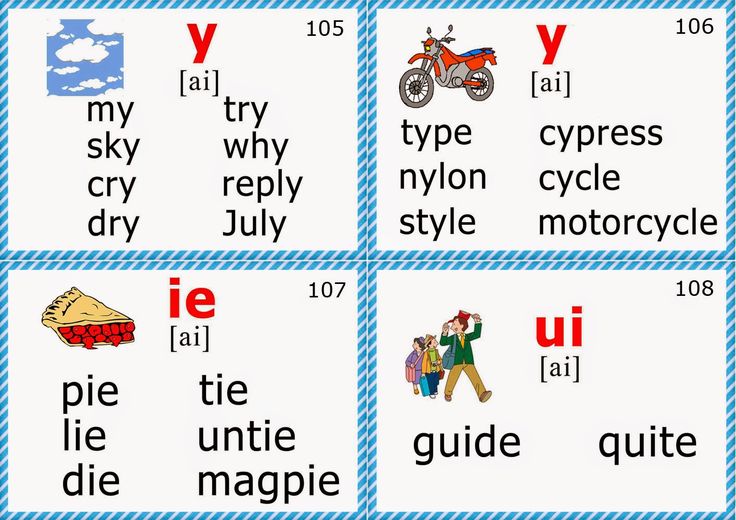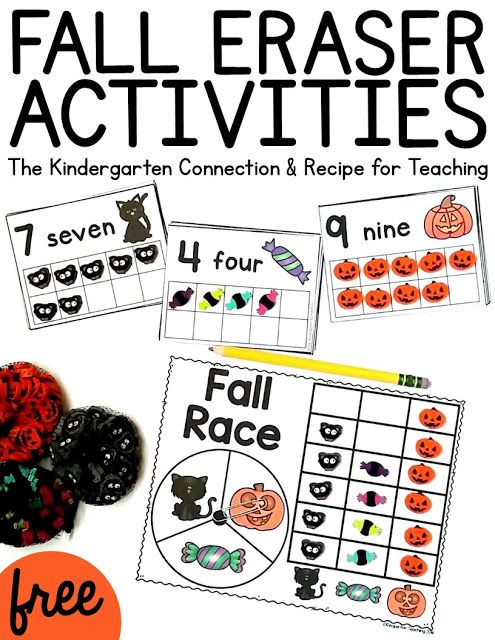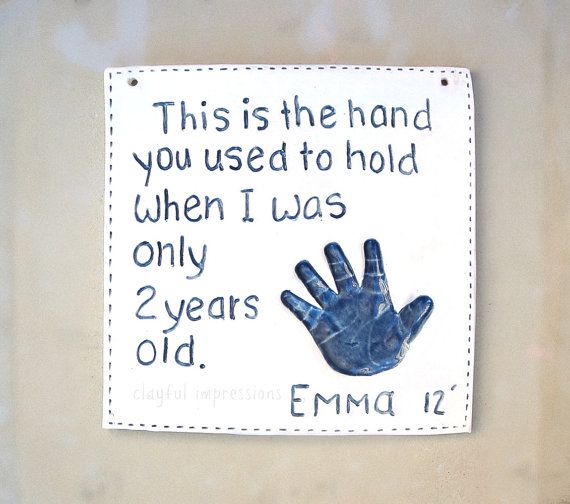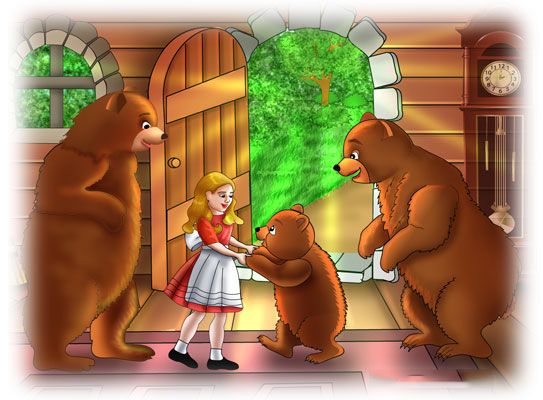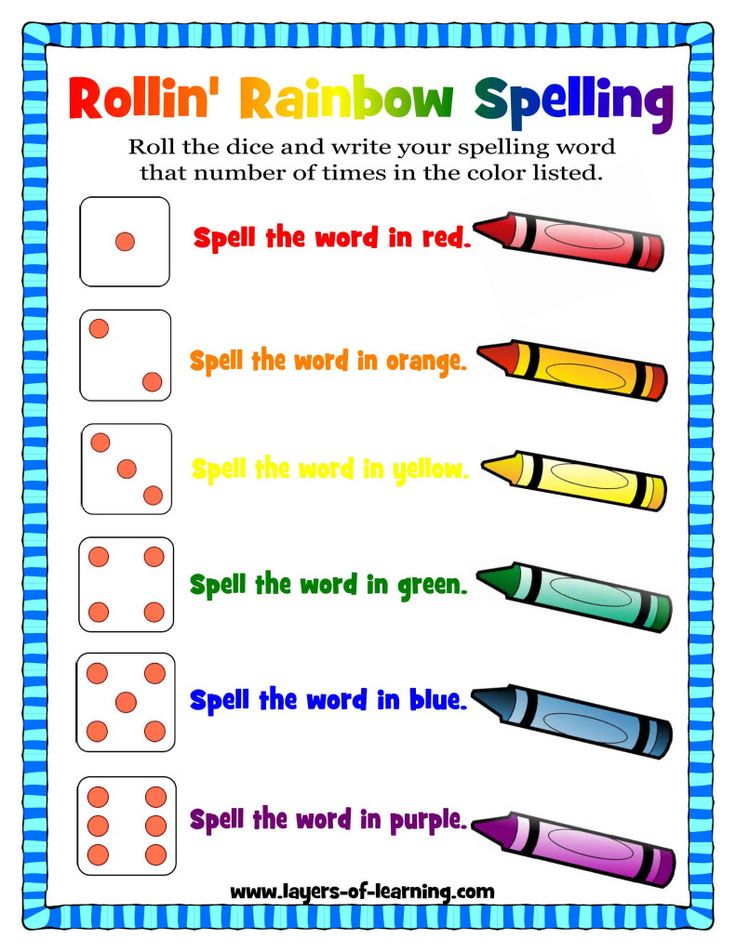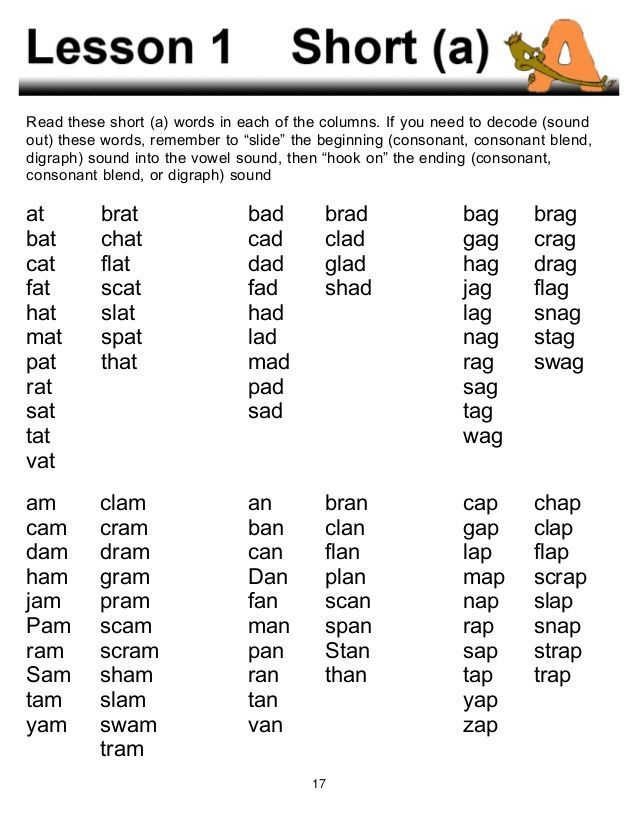How to teach child sight words
Best Sight Word Books and Activities
You probably don’t remember learning how to read words like the, is, and am. But these so-called “sight words” that you now read every day (without even noticing!) can actually be quite challenging for children to learn. However, they're crucial to reading success.
In simple terms, sight words are commonly-used words that children are encouraged to memorize by sight, so they instantly recognize them in a text without having to take the time to sound them out. That’s especially helpful for the many sight words that don’t follow normal phonetic rules, and can’t be sounded out.
“When children can read sight words quickly, they are more fluent readers and can better comprehend a text,” says Laura Mossa, an elementary school reading specialist at Baltimore County Public Schools. She adds that one classic study found that up to 75 percent of the words used in text geared toward young readers are sight words.
Here are five ways to make learning sight words easier for your child, and tools that will help you along the way.
Tip 1: Expose your child to sight words early on.
It's never too early to start reading regularly with your child (it will boost their language development and reading skills, and doing so multiple times per day can expose them to 1 million words by kindergarten!). This is the most natural way to familiarize them with a wide range of sight words.
Also point out sight words in your environment — say, by reading signs on the road or at the grocery store out loud. This will help provide a solid foundation for when your child takes on more formal sight word learning in preschool and kindergarten.
What Will Help: For young children, simply focus on joyful read-alouds that are packed with sight words, like Oh, The Places You'll Go!
As your child enters preschool and kindergarten, this Sight Word Readers Parent Pack is a great way to supplement what they're learning in class.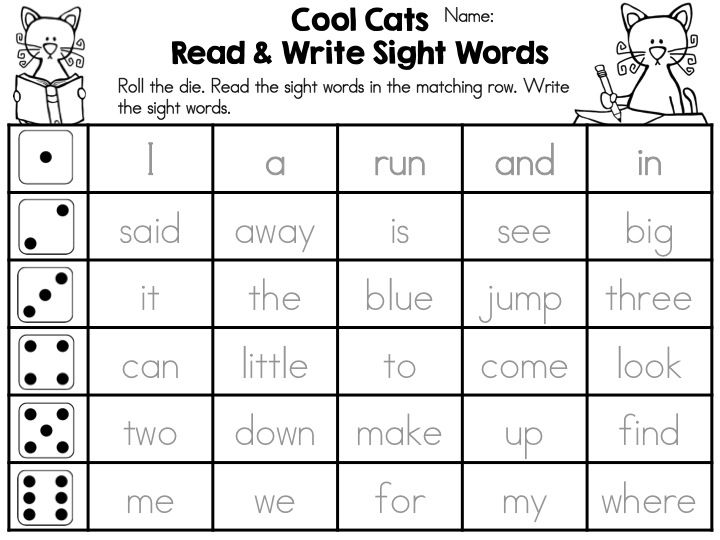 It features a mini activity book and write-and-learn pages to help your kids learn 50 high-frequency sight words!
It features a mini activity book and write-and-learn pages to help your kids learn 50 high-frequency sight words!
Tip 2: Make read-alouds more interactive.
When you read with your child, you’ll notice that many repetitive phrases contain sight words like I, a, at, am, and, it, in, is, and the. Have fun emphasizing this repetition, and encourage your child to chime in on the refrains as you point to the words along the way.
“Since sight words make up a large percentage of all text, engaging in interactive read-alouds with your child is a great way to practice them,” says Mossa. Books that show text in speech bubbles are particularly useful for this, because the text is concise and large, making it easy to point out sight words in each bubble as you read.
What Will Help: For general sight word practice, you can use this Little Skill Seekers: Sight Words workbook with your child — it includes playful illustrations and practice problems that will help your child recognize sight words to strengthen reading fluency!
Tip 3: Engage all of their senses.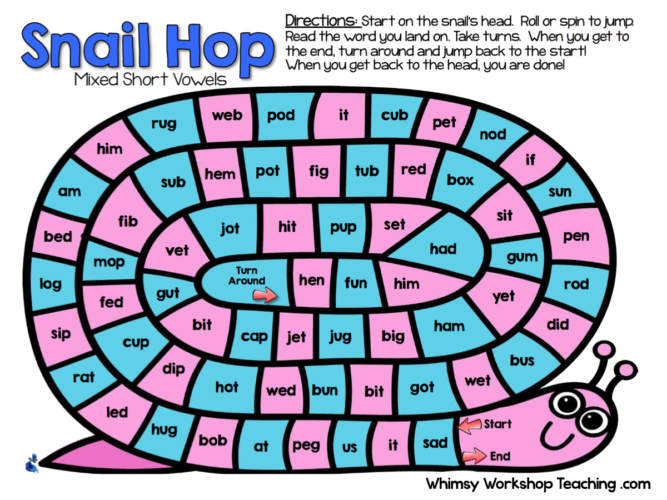
Mossa says she also uses multi-sensory activities with children, in which they fill in missing letters or rearrange letters to correctly spell a sight word, or "write" a word using their finger in the air or on a table.
“Children are more likely to retain a sight word in their long-term memory when practice includes these multi-sensory strategies,” says Mossa. She also suggests giving kids pipe cleaners or magnetic letters to build sight words.
For more practice with spelling sight words — especially those that aren’t phonetically regular — Mossa says she turns to literacy expert Jan Richardson’s sight word technique. “I introduce the sight word by writing it on a dry erase board or making it with magnetic letters,” she says. “Then I ask children to look at each letter as I slide an index card left to right across the word.”
Tip 4: Sort sight words into categories.
It can be helpful to show kids how to sort sight words into categories, such as “rule followers” and “rule breakers,” says Mossa.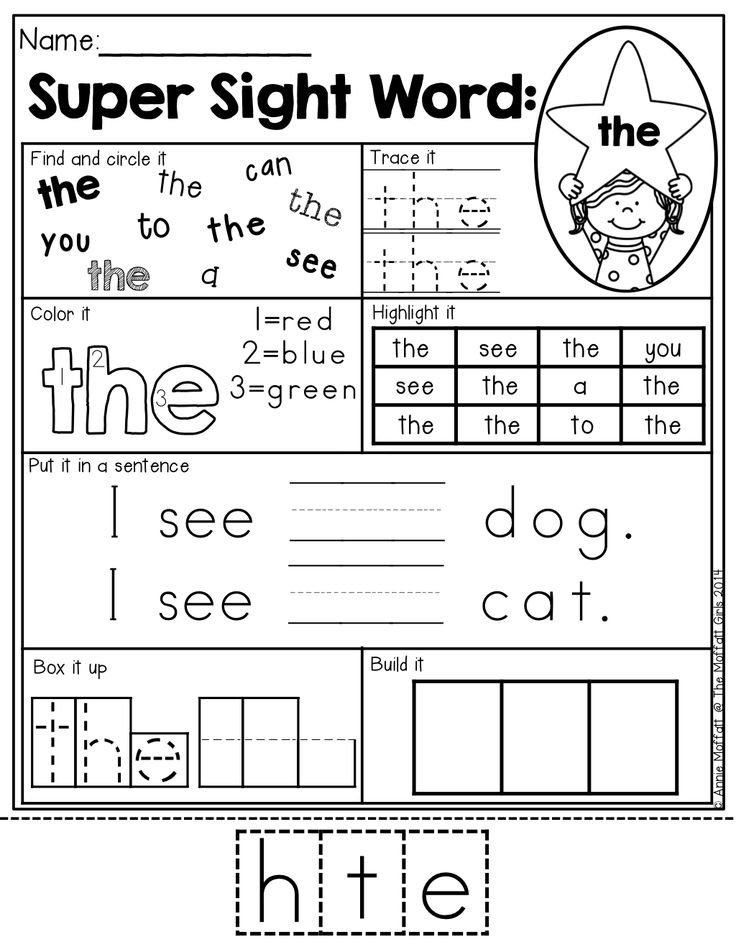 However, this should be used with more fluent readers who have already built early decoding skills and can sound out words.
However, this should be used with more fluent readers who have already built early decoding skills and can sound out words.
“For example, the sight word ‘can’ follows regular phonics patterns,” Mossa says. “In contrast, ‘said’ is not decodable. Therefore, children must learn this word as a whole unit. When I introduce a sight word, I discuss whether it can be sounded out or if it is a word that is a rule breaker.” Play a sorting game at home in which your child guesses which sight words can or cannot be sounded out.
What Will Help: Discuss the various types of sight words in this Nonfiction Sight Word Readers Parent Pack Level A and the Scholastic Success With Grades K-2: Sight Words with your child. Both of these tools will help your young reader become more familiar with key sight words and strengthen their reading skills.
Tip 5: Read and play with sight words daily.
“Children will become better at reading sight words automatically when they have daily opportunities to interact with text at home,” says Mossa.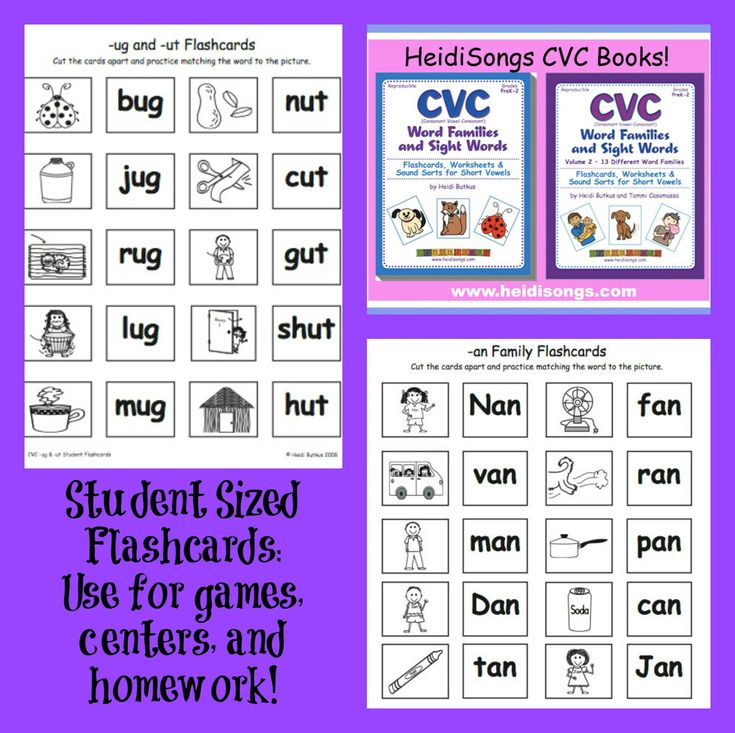 Reading daily will naturally reinforce the learning of sight words, and you can also get creative with games, art projects, and other interactive activities.
Reading daily will naturally reinforce the learning of sight words, and you can also get creative with games, art projects, and other interactive activities.
Sight Words Teaching Strategy | Sight Words: Teach Your Child to Read
A child sees the word on the flash card and says the word while underlining it with her finger.
The child says the word and spells out the letters, then reads the word again.
The child says the word and then spells out the letters while tapping them on her arm.
A child says the word, then writes the letters in the air in front of the flash card.
A child writes the letters on a table, first looking at and then not looking at the flash card.
Correct a child’s mistake by clearly stating and reinforcing the right word several times.
- Overview
- Plan a Lesson
- Teaching Techniques
- Correcting Mistakes
- Frequently Asked Questions
- Questions and Answers
Sight words instruction is an excellent supplement to phonics instruction.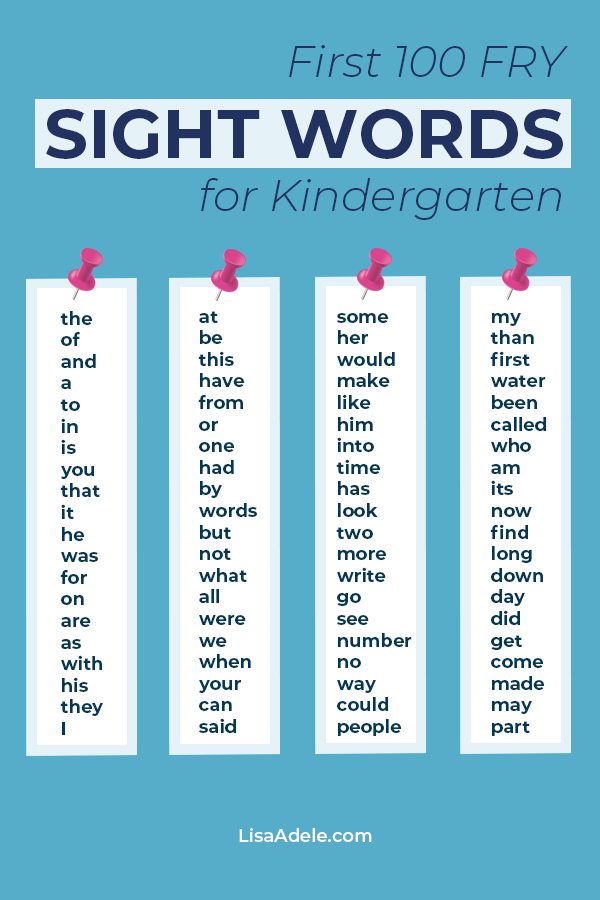 Phonics is a method for learning to read in general, while sight words instruction increases a child’s familiarity with the high frequency words he will encounter most often.
Phonics is a method for learning to read in general, while sight words instruction increases a child’s familiarity with the high frequency words he will encounter most often.
Use lesson time to introduce up to three new words, and use game time to practice the new words.
A sight words instruction session should be about 30 minutes long, divided into two components:
- Sight Words Lesson — Use our Teaching Techniques to introduce new words and to review words from previous lessons — 10 minutes
- Sight Words Games — Use our games to provide reinforcement of the lesson and some review of already mastered sight words to help your child develop speed and fluency — 20 minutes
Video: Introduction to Teaching Sight Words
↑ Top
2.
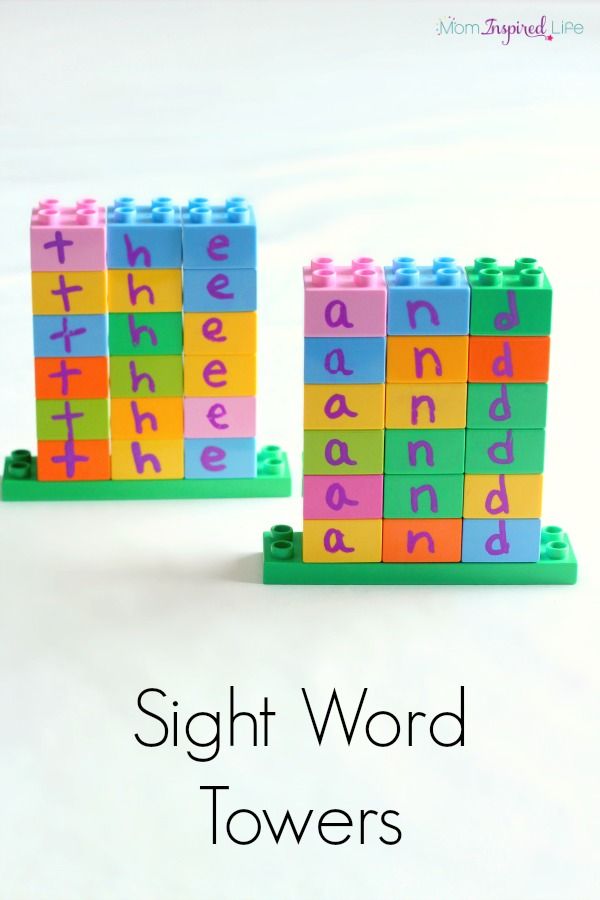 1 Introduce New Words
1 Introduce New Words
When first beginning sight words, work on no more than three unfamiliar words at a time to make it manageable for your child. Introduce one word at a time, using the five teaching techniques. Hold up the flash card for the first word, and go through all five techniques, in order. Then introduce the second word, and go through all five teaching techniques, and so on.
This lesson should establish basic familiarity with the new words. This part of a sight words session should be brisk and last no more than ten minutes. As your child gets more advanced, you might increase the number of words you work on in each lesson.
2.2 Review Old Words
Begin each subsequent lesson by reviewing words from the previous lesson. Words often need to be covered a few times for the child to fully internalize them. Remember: solid knowledge of a few words is better than weak knowledge of a lot of words!
Go through the See & Say exercise for each of the review words.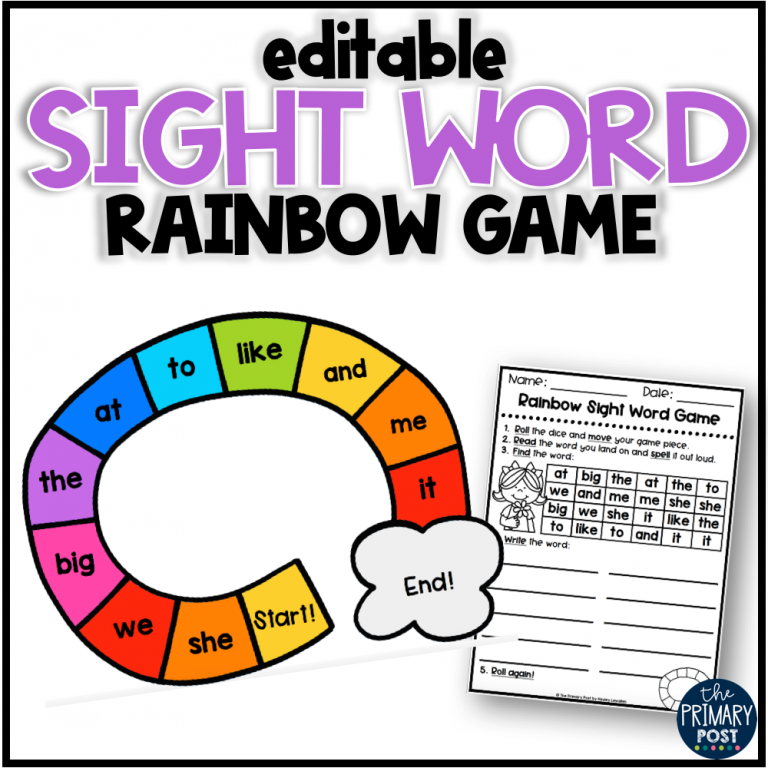 If your child struggles to recognize a word, cover that word again in the main lesson, going through all five teaching techniques. If he has trouble with more than two of the review words, then set aside the new words you were planning to introduce and devote that day’s lesson to review.
If your child struggles to recognize a word, cover that word again in the main lesson, going through all five teaching techniques. If he has trouble with more than two of the review words, then set aside the new words you were planning to introduce and devote that day’s lesson to review.
Note: The child should have a good grasp of — but does not need to have completely mastered — a word before it gets replaced in your lesson plan. Use your game time to provide lots of repetition for these words until the child has thoroughly mastered them.
2.3 Reinforce with Games
Learning sight words takes lots of repetition. We have numerous sight words games that will make that repetition fun and entertaining for you and your child.
The games are of course the most entertaining part of the sight words program, but they need to wait until after the first part of the sight words lesson.
Games reinforce what the lesson teaches.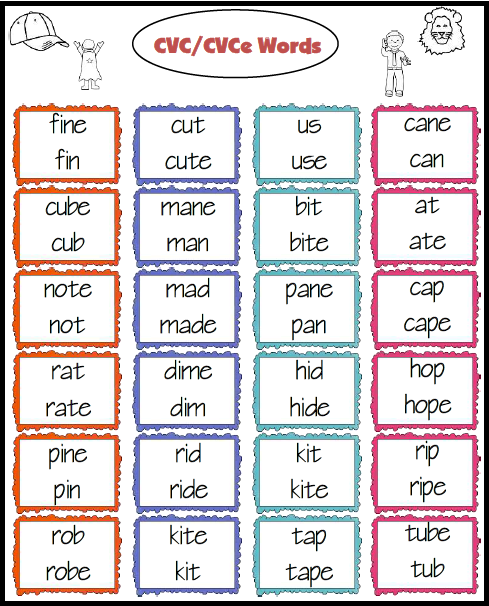
Do not use games to introduce new words.
NOTE: Be sure the child has a pretty good grasp of a sight word before using it in a game, especially if you are working with a group of children. You do not want one child to be regularly embarrassed in front of his classmates when he struggles with words the others have already mastered!
↑ Top
Introduce new sight words using this sequence of five teaching techniques:
- See & Say — A child sees the word on the flash card and says the word while underlining it with her finger.
- Spell Reading — The child says the word and spells out the letters, then reads the word again.
- Arm Tapping — The child says the word and then spells out the letters while tapping them on his arm, then reads the word again.
- Air Writing — A child says the word, then writes the letters in the air in front of the flash card.
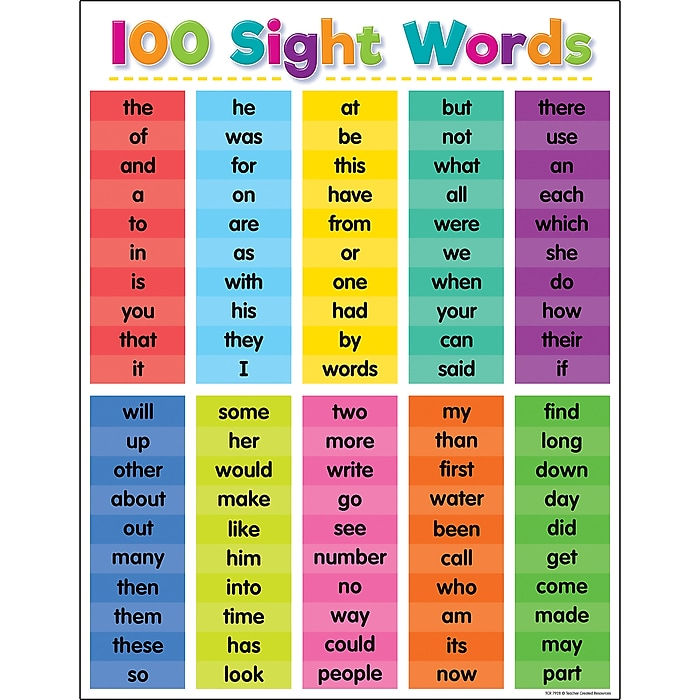
- Table Writing — A child writes the letters on a table, first looking at and then not looking at the flash card.
These techniques work together to activate different parts of the brain. The exercises combine many repetitions of the word (seeing, hearing, speaking, spelling, and writing) with physical movements that focus the child’s attention and cement each word into the child’s long-term memory.
The lessons get the child up to a baseline level of competence that is then reinforced by the games, which take them up to the level of mastery. All you need is a flash card for each of the sight words you are covering in the lesson.
↑ Top
Of course, every child will make mistakes in the process of learning sight words. They might get confused between similar-looking words or struggle to remember phonetically irregular words.
Use our Corrections Procedure every time your child makes a mistake in a sight words lesson or game. Simple and straightforward, it focuses on reinforcing the correct identification and pronunciation of the word. It can be done quickly without disrupting the flow of the activity.
Simple and straightforward, it focuses on reinforcing the correct identification and pronunciation of the word. It can be done quickly without disrupting the flow of the activity.
Do not scold the child for making a mistake or even repeat the incorrect word. Just reinforce the correct word using our script, and then move on.
↑ Top
Q: Progress is slow. We have been on the same five words for a week!
A: It is not unusual to have to repeat the same set of words several times, especially in the first weeks of sight words instruction. The child is learning how to learn the words and is developing pattern recognition approaches that will speed his progress. Give him time to grow confident with his current set of words, and avoid overwhelming the child with new words when he hasn’t yet become familiar with the old words.
Q: Do I really need to do all five techniques for every word?
A: Start out by using all five techniques with each new word.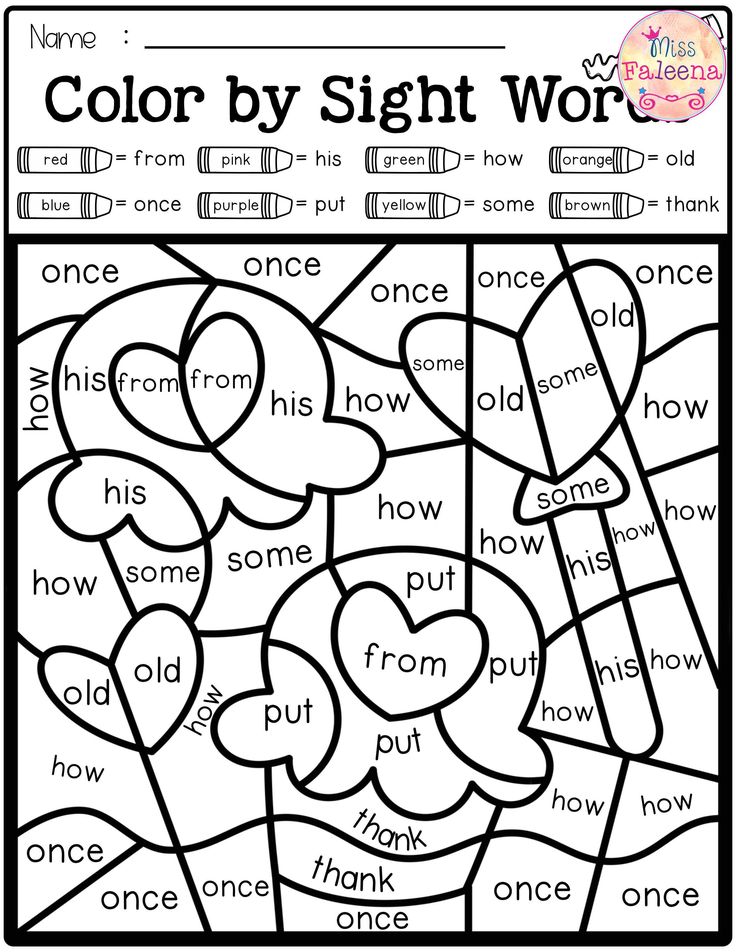 The techniques use different teaching methods and physical senses to support and reinforce the child’s memorization of the word. After a few weeks of lessons, you will have a sense for how long it takes your child to learn new words and whether all five exercises are necessary. Start by eliminating the last activity, Table Writing, but be sure to review those words at the next lesson to see if the child actually retained them without that last exercise. If the child learns fine without Table Writing, then you can try leaving out the fourth technique, Air Writing. Children who learn quickly may only need to use two or three of the techniques.
The techniques use different teaching methods and physical senses to support and reinforce the child’s memorization of the word. After a few weeks of lessons, you will have a sense for how long it takes your child to learn new words and whether all five exercises are necessary. Start by eliminating the last activity, Table Writing, but be sure to review those words at the next lesson to see if the child actually retained them without that last exercise. If the child learns fine without Table Writing, then you can try leaving out the fourth technique, Air Writing. Children who learn quickly may only need to use two or three of the techniques.
Q: How long will it take to get through a whole word list? I want my child to learn ALL the words!!!
A: That depends on a number of factors, including frequency of your lessons as well as your child’s ability to focus. But do not get obsessed with the idea of racing through the word lists to the finish line. It is much, much better for your child to solidly know just 50 words than to “kind of” know 300 words. We are building a foundation here, and we want that foundation to be made of rock, not sand!
It is much, much better for your child to solidly know just 50 words than to “kind of” know 300 words. We are building a foundation here, and we want that foundation to be made of rock, not sand!
↑ Top
Leave a Reply
15 ways to teach your child to understand the text, memorize new things and be more attentive
Ask any student: "Can you read?" - and he will be surprised: "Of course I can." However, one can read in different ways, says Elena Illarionova, a methodologist and teacher of additional education at the Okhta Center for Children's and Youth Technical Creativity. As part of the program “City that learns. Digital Education" she has already held a webinar on this topic, and she told us about how to teach children to read well, thoughtfully and meaningfully. nine0003
What is effective reading and why is it needed?
This concept entered the lexicon of teachers not so long ago, but is gaining more and more popularity both at school and outside it. It is not by chance that effective reading is also called meaningful. This type of reading is most useful for a child, because it allows not only to mechanically retell the content of the text, but also to see the subtext, concept, details and analyze the information received.
It is not by chance that effective reading is also called meaningful. This type of reading is most useful for a child, because it allows not only to mechanically retell the content of the text, but also to see the subtext, concept, details and analyze the information received.
Effective reading is a kind of good foundation for a child's quality education. This foundation, in turn, rests on three pillars: memory, speed and attention - and to build it, of course, some skills are needed. Such as reading without regression (returning eye movement to what has already been read) and articulation (movements of the lips or tongue when reading to oneself), expanding the field of vision and the ability to structure and memorize text. nine0003
At the same time, it is important to remember that there may be a child in the class who, in principle, finds it difficult to read. If there is a student with dyslexia in your class, this problem can be overcome, the innate feature can be deceived. Some of the exercises presented may also help, but it is important to know the type of disorder and involve parents and a speech therapist in the work. It is also necessary to remember that each child has his own pace and capabilities and you need to focus on them.
Some of the exercises presented may also help, but it is important to know the type of disorder and involve parents and a speech therapist in the work. It is also necessary to remember that each child has his own pace and capabilities and you need to focus on them.
In order to develop effective reading skills, there are a lot of exercises and rules that can be used by both the teacher in the classroom and the parent at home, and even the student on their own without the help of adults. These 15 methods will help you. nine0003 Shutterstock / Diana Taliun
1. Draw a Poem
When you memorize poetry again, invite the children to pretend they are spies and encrypt each line with drawings. For starters, you can take a poem by Boris Zakhoder "Kiskino grief." It will be enough for students to simply depict the cat's face even with sketchy lines, paint on it tears or sausages. Gradually, the complexity of the poems can be increased and more schematic drawings can be used.
It is very important to separate verses exactly by lines, so as not to get confused when they are reproduced in words
This exercise is also called the pictogram method. With drawings, children enliven what is happening in their imagination, empathy is manifested, and the emotional component of the process allows them to better memorize the text.
With drawings, children enliven what is happening in their imagination, empathy is manifested, and the emotional component of the process allows them to better memorize the text.
2. Cicero's method
The ancient Roman orator Cicero became famous for his long speeches without a sheet and prompts and - in connection with this - an excellent memory. In his speeches, he used many names, dates and events and clearly built the structure of the speech. How did he manage to memorize such a large amount of information? His method, the "Roman room method", was to tie this or that passage of speech, event or name to the objects around him, the space or actions that he performed. nine0003
Cicero entered the room and was the first to see, for example, a picture on the wall - with it he associated what he had to say at the beginning. Then he could go to the window - it personified the next part of his speech, and so on.
The Roman Room Method can also be practiced with children.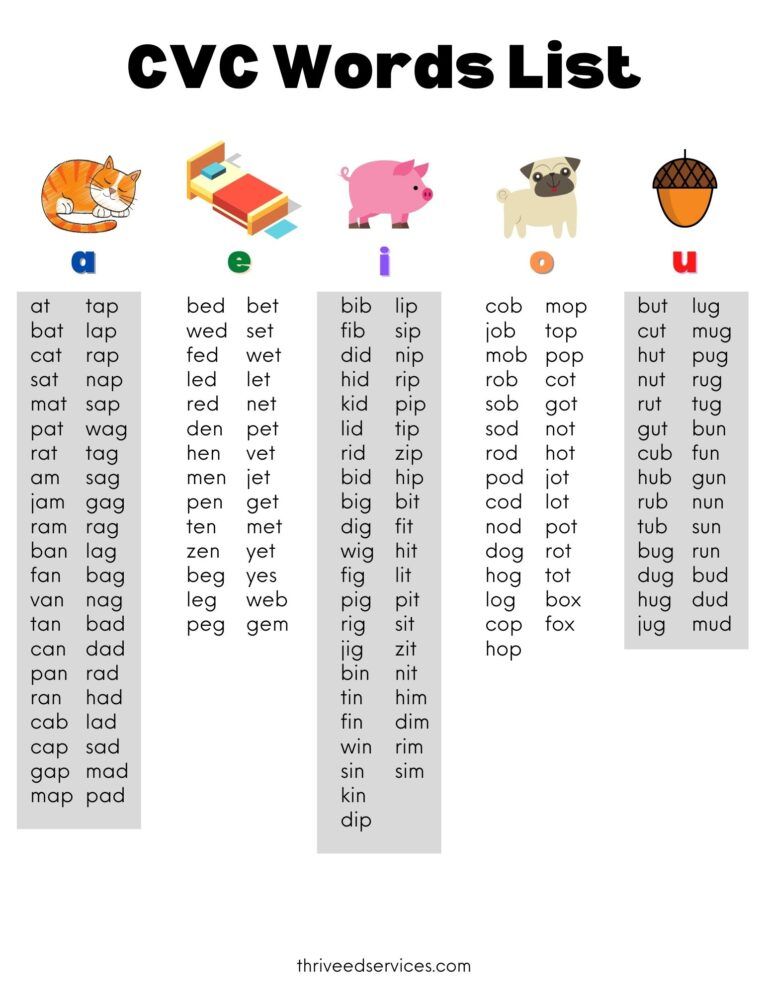 To understand whether it works, it is enough just to compare how many unrelated words the child will memorize mechanically and how many using this method. Let it be the words "cat", "watermelon", "square", "plate", "laughter", "wind" and "elephant". nine0003
To understand whether it works, it is enough just to compare how many unrelated words the child will memorize mechanically and how many using this method. Let it be the words "cat", "watermelon", "square", "plate", "laughter", "wind" and "elephant". nine0003
After the usual memorization, ask the children to imagine, for example, that the kitten is sitting on their left shoulder, that the watermelon is on the desk in front of them, that the square is the window frame, and so on. This method can help when memorizing poems, excerpts from works, and you can practice it not only with a teacher. Parents can also connect and do this with the child at home, and then the student can use the Cicero method on their own.
3. Make up a story based on the picture
At the very beginning of the lesson, show the children any picture. It is desirable that it has a lot of details, plants, people or objects. Give them the task of remembering the name of the painting, what is depicted on it, and the name of the artist (this, for example, could be Reshetnikov’s painting “Again Deuce”).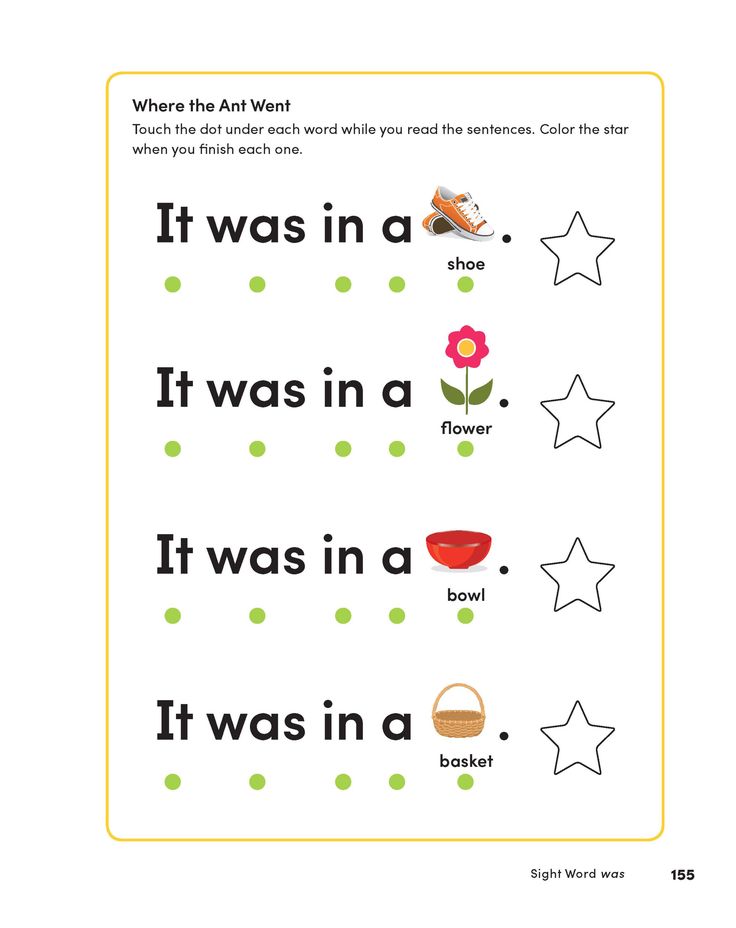
This exercise trains the child's long-term memory and the ability to fantasize. He can not only remember what is happening in the picture, but also come up with a whole story.
So, in the picture “Again a deuce”, the student can clearly see a boy named Vasya, who received a deuce because he played the PlayStation the day before and did not do his homework, and when he returned home, his mother cursed a lot. nine0003
The names of artists are often remembered worse, and therefore it is better to offer the child some kind of speech association.
"Reshetnikov looks through a sieve", "Shishkin collects cones", and "Aivazovsky - ah, what a fine fellow"
Overgrown with associations, the paintings will be remembered by children for a long time. Having entered the museum, even as an adult, your student will not read the cards next to them. Because it will be great to know what is written on them anyway.
4. Tic-tac-toe with dogs, cats and giraffe
Draw on the board if it is closing, or show the children in a presentation of unusual tic-tac-toe.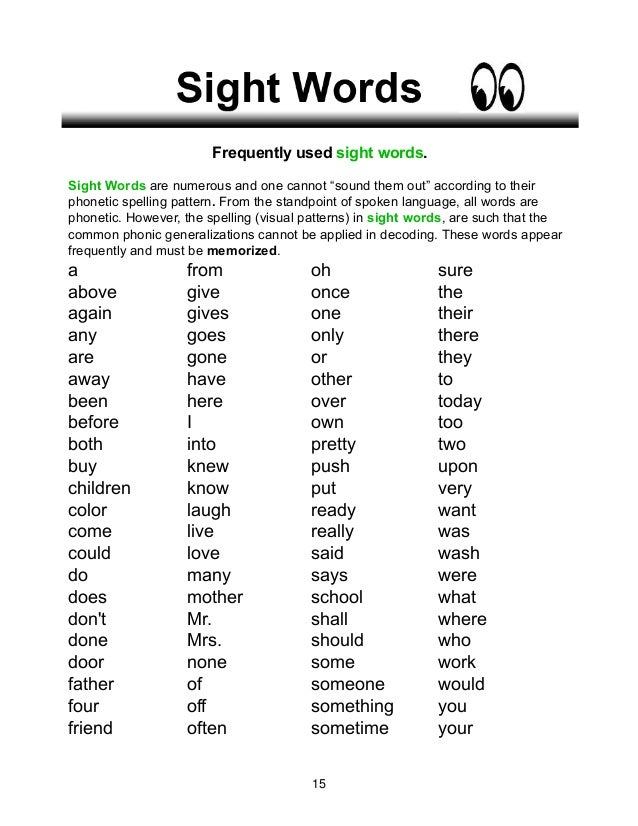 Instead of the usual crosses and tac toes, fill in the fields with different pictures. Let the top cells be filled with birds or cats, and the bottom ones with dogs. In one specific cage, place some other animal, unexpected, different from the rest. For example, a giraffe.
Instead of the usual crosses and tac toes, fill in the fields with different pictures. Let the top cells be filled with birds or cats, and the bottom ones with dogs. In one specific cage, place some other animal, unexpected, different from the rest. For example, a giraffe.
Let the children memorize the arrangement of the pictures for 5-10 seconds, then close the board or switch the presentation slide. After that, ask them to name the cage in which the giraffe was. nine0003
The exercise works on visual-visual memory, and you can use it in any lesson. If it is a botany lesson, animals can be replaced with plants. And if the exercise is performed on literature, you can put writers or heroes of their works in the cells.
Shutterstock / Friends Stock5. Brain Aerobics
Aerobics are exercises with or without music to keep the body in good shape. Neurobics is a consonant word, but these are brain exercises that allow you to develop mental abilities, improve memory and activate mental activity. nine0003
nine0003
The child's brain needs exercise. Every day it is necessary to change routine and template actions for new, unusual ones or do ordinary things in an unusual way. For example, you can invite right-handed children in the lesson to write a few phrases with their left hand - and vice versa, if the student's working hand is left. Also, the child can go to school by different routes, and not the usual one, or collect textbooks in a briefcase by touch, closing his eyes. You can also dress and take a shower with your eyes closed. nine0003
Habit weakens the ability of the brain, while constant changes, new information, unusual physical actions, on the contrary, increase productivity. To make it easier for children, it is better to start introducing such exercises in the format of a game.
6. Coloring the Mandalas
Any coloring book is fine for this exercise, but mandalas are the best. They help to concentrate the child's attention as much as possible, because he will be focused on not going beyond the boundaries of small elements. Such work is great for including children in the learning process, for example, after a physical education lesson or a stormy break, when the children played out and ran. nine0003
Such work is great for including children in the learning process, for example, after a physical education lesson or a stormy break, when the children played out and ran. nine0003
The second level of difficulty is to color the drawing with both hands at the same time
You can reinforce the coloring with melodious calm music, classical or even Indian mantra (just for coloring).
Let the student choose the colors he likes. By the way, if he preferred only black, brown or any other dark colors, this may be a sign that you should pay attention to the mental state of the child. In this case, you can talk after class on abstract topics and try to find out what is bothering him, or ask the school psychologist for help. nine0003
7. "First - last"
This game works on concentration and speed reading. You can play with children who already know how to read to themselves. Ask the child to read the text, but say out loud only the first and last letters of each word.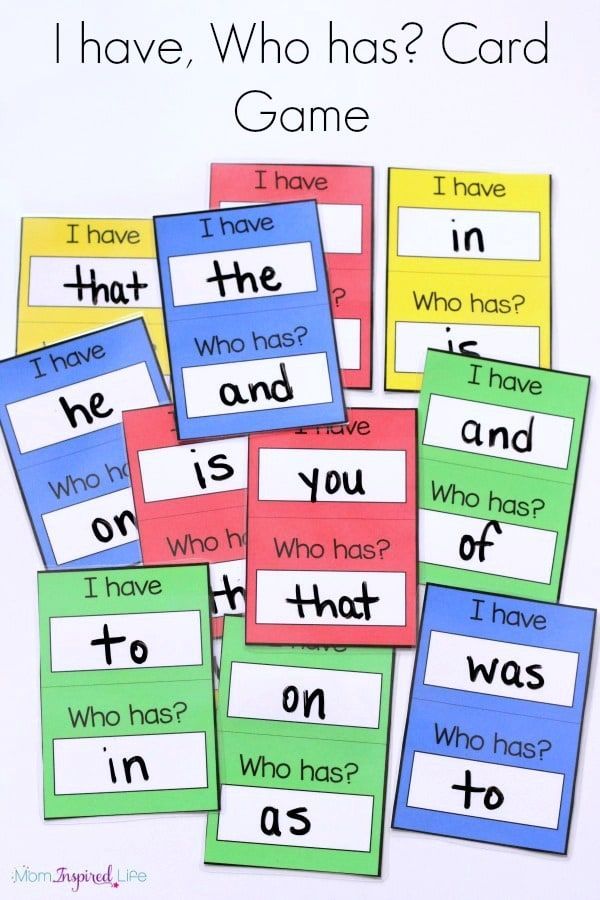 Also, after reading, you can try to make a small retelling. Then the game will also work for memory.
Also, after reading, you can try to make a small retelling. Then the game will also work for memory.
True, not all children like to tell what they have read. They are afraid to stumble, they don’t know where to start if the passage is long. Then you need to gently and unobtrusively ask the child about the hero - what he liked, what he remembers. And start from this, ask: “And before that, what did he do?” nine0003
8. Circle left, square right
Ask the children to hold pencils or pens in both hands and draw a circle with one and a square with the other. To make it more interesting, you can offer to choose the colors of the pencils and any other shapes that they like. It is important to draw with both hands at the same time. This enhances concentration, and also develops both hemispheres of the brain.
A similar exercise session can be done if the children are tired or distracted. Invite them to stroke their head in a circle with one hand, and lightly tap their stomach with their palm, and vice versa.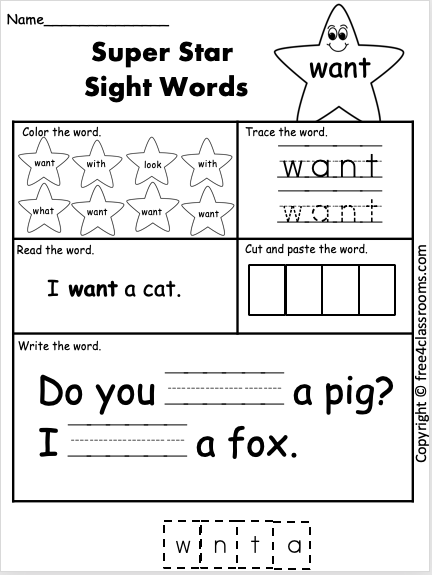 Children are likely to perceive this as a fun exercise, and maybe even offer their own options for doing the exercise. nine0003
Children are likely to perceive this as a fun exercise, and maybe even offer their own options for doing the exercise. nine0003
9. The word "red" is written in green
Prepare a list of colors in the form of a tablet, but change the color of the font. For example, make the word “yellow” red, “blue” green, and so on. At the same time, ask the children to name the color of the words, and then, on the contrary, read the words themselves. This is called the Stroop test. It trains flexibility of thinking and mindfulness.
The fact is that when looking at a word, we try to read it, and only then perceive the color of what is written
And only by concentrating and mentally discarding what is asked for first, we can name the real color depicted in the picture. This exercise is usually easy for children who are not yet very fluent in reading, so you can start doing it with preschoolers. Adults and even the teacher himself may experience difficulties in its implementation.
10. "Let's play cities" for
This activity should be done as a whole class or group. The teacher and students together count loudly to thirty. During this time, while pronouncing the score, children must write, for example, the names of cities that they know. In fact, these can be names, and even the names of events, if this is a history lesson in high school. Or the names of the composers, if this is a music lesson. nine0003
You can even arrange a small competition - "who is more." At the same time, it is important to ensure that no one in the “crowd” of votes is idle and everyone plays honestly. Doing two different things at the same time (counting and writing words on a sheet) helps to develop memory and concentrate.
11. Catch the Rhythm
The "knock-rhythm" method is excellent for developing the skill of speed reading. Choose a rhythmic or melodious poem, take a pencil in your hand and ask your child to do the same. Help him feel the rhythm of the poem, read it with him and tap with a pencil or pen to show how it should be.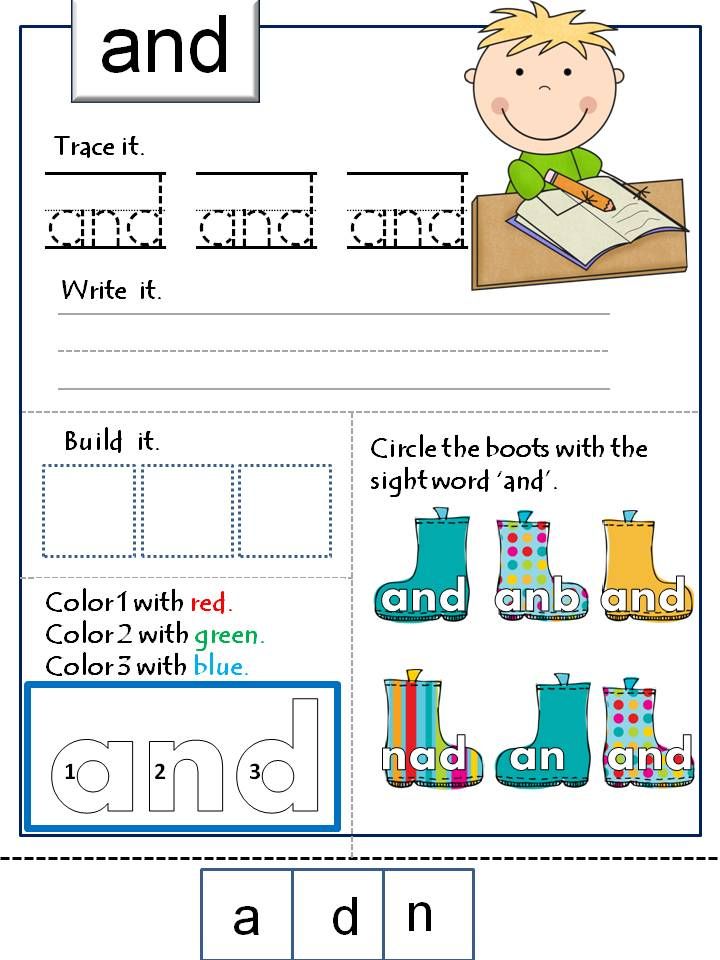 It is better to do this exercise in pairs with a student - you and him, because when performed in groups, some children may go astray due to the rhythm of a desk mate. nine0003
It is better to do this exercise in pairs with a student - you and him, because when performed in groups, some children may go astray due to the rhythm of a desk mate. nine0003
Slowly practice the technique, and if the child is having difficulty, take his hand and carefully control its movement. It's not worth the haste. Gradually build up the pace. For such work, the works of Daniil Kharms are perfect, and for the very first time, you can use "Bad Advice" by Grigory Oster. This poem is not difficult and children like it. However, you can offer children different options, and then let them choose which piece to tap out today.
12. Text behind bars
"Put" any passage from a work or poem "behind bars" so that part of the word or some letters are covered. A child, reading such a text, begins to see the whole phrase and sometimes guess what words are hidden there, select them according to their meaning. True, if the child is just learning to read, this exercise will not work, as it will complicate his task.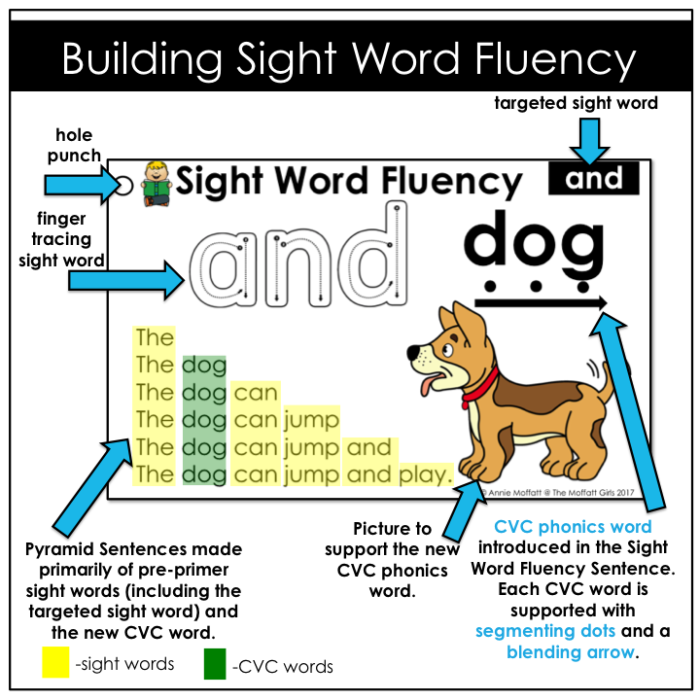
Mathematics problems can be "sheltered" in the same way. For example, if the task condition contains names, colors, names, then you can close them, and then the child will be able to come up with his own. So he will be even more interesting. In general, such an exercise will help expand the field of vision and prevent regression. nine0003
13. "Poles" and "Ladders"
Choose two-syllable words for this exercise. A children's poem from the primer "Mom washed the frame" is perfect. Arrange the first syllables of the chosen words with a ladder to the left, and the second - to the right. Exactly in the middle of each line, put a dot. It is at her that children should look when reading, while covering the previous step of the ladder with a ruler so as not to return to it with their eyes.
At first, a teacher or parent can help with the exercise, and then the child can already do the exercise himself. In this case, you can vary the technique of the exercise. For example, read first from top to bottom, and then from bottom to top, and so on.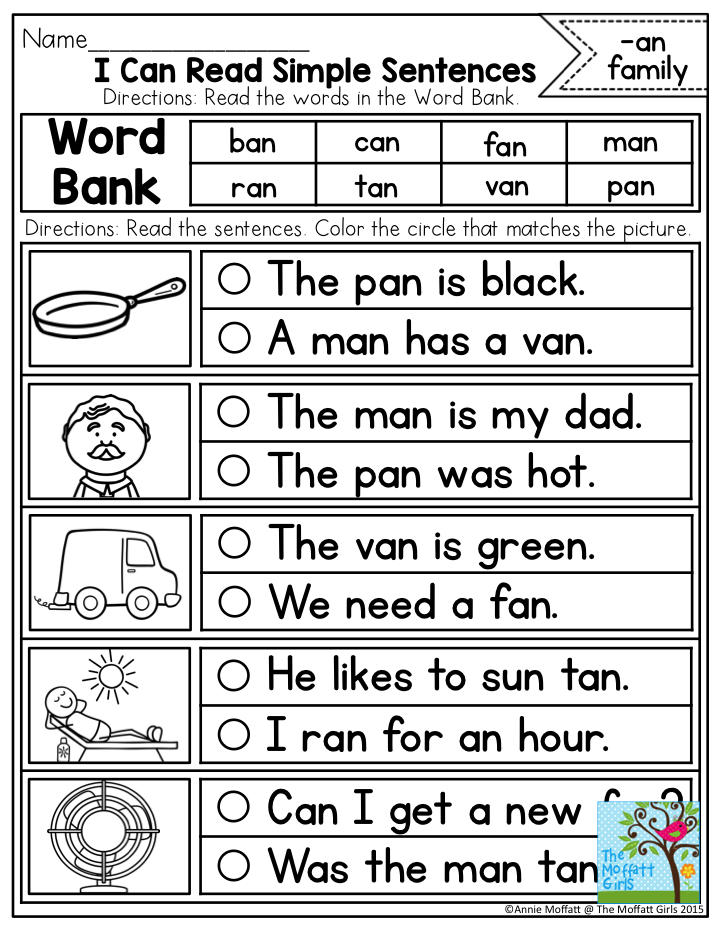 nine0003
nine0003
By the way, such ladders and columns are already ready-made on the Internet, and you can simply download them. In the same way, you can arrange figures, numbers or whole examples in mathematics lessons.
14. Use the Schulte tables
Use the Schulte tables in the lessons - several cubes with numbers, letters or shapes in the cells, arranged in a random order. It is better to start with the simplest ones, and let there be a dot or a circle in the center to adapt to the exercise. This is necessary so that the child gets used to doing the exercise correctly, develops peripheral vision. At the same time, you need to look at the center, but see the entire grid. nine0003
Have the child see the whole picture and then look for a specific number. For example, six or nine. If it is difficult for a child, you should not get hung up on a certain number - ask another, and then return to the previous one. Such an exercise improves the quality of introductory and semantic reading, and also helps to concentrate.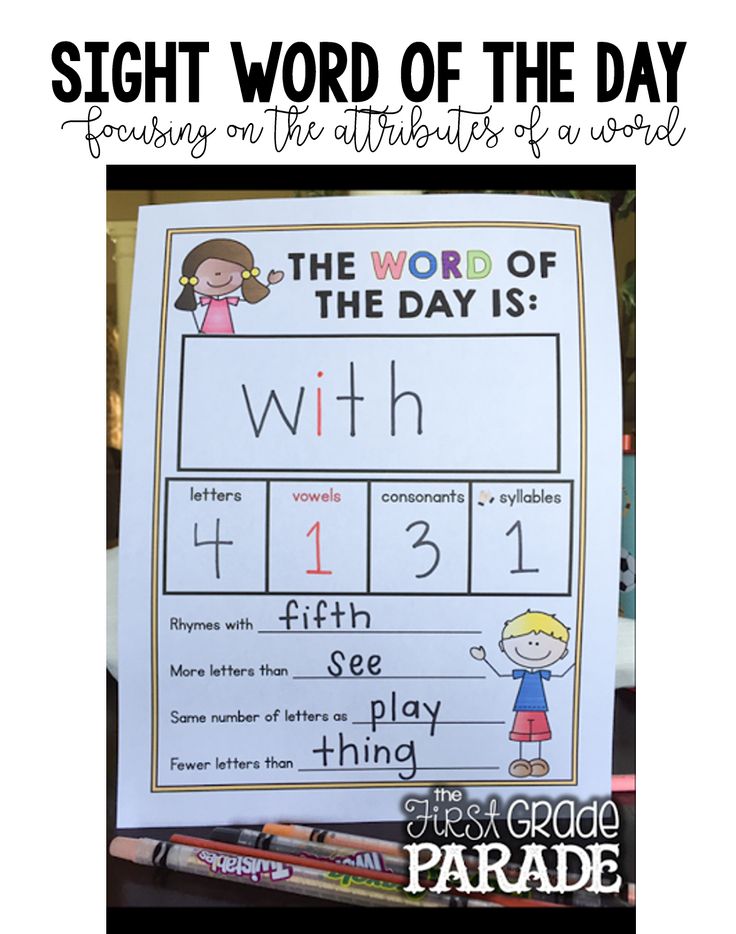 So you can do it for different purposes and at different lessons. For example, in a math lesson, this will help you learn numbers faster, and in a Russian language lesson or in preschool classes, it will help you learn the alphabet. nine0003
So you can do it for different purposes and at different lessons. For example, in a math lesson, this will help you learn numbers faster, and in a Russian language lesson or in preschool classes, it will help you learn the alphabet. nine0003
15. Online simulators to help
Everything needs an integrated approach. Some exercises similar to tic-tac-toe or Schulte tables can be found both on online resources and in regular Internet games. It is not only possible, but also necessary, to combine interactive games and conventional offline methods.
“A city that studies. Digital Education is an experimental project of the Foundation for Support of Innovations and Youth Initiatives of St. Petersburg, which helps educational organizations, teachers, schoolchildren and their parents master distance learning technologies. Within the framework of the project, a cycle of webinars "Best practices of online education" is being held. Among the participants are innovative teachers who talk about how to develop creativity, make lessons interesting and keep the attention of the class.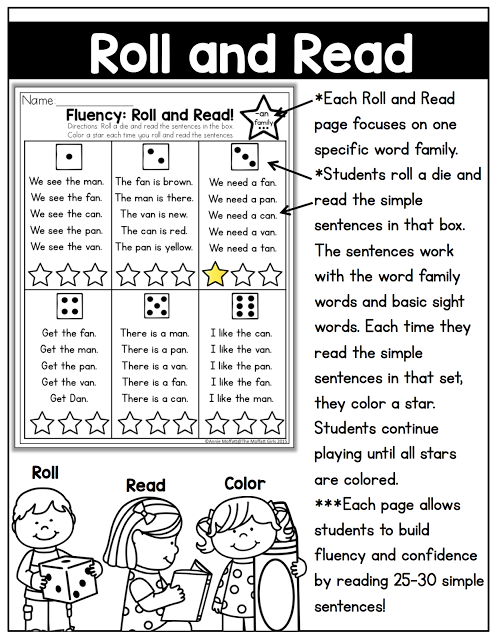 nine0003
nine0003
Photo: Shutterstock / Collage: Vika Shibayeva for Mel
How to teach a child to understand the text they read? – Orthodox magazine “Foma”
Approximate reading time: 11 min.
-
100%
+
Embed code
Code copied
There is the concept of "look", and there is the concept of "see". There is the concept of "read", and there is - "read", that is, to understand what you read. The kid learned to fold: “Ma-ma we-la ra-mu. Shu-ra has sha-ra ... ”We joyfully brag about our acquaintances: ours, look, is already reading! But this is only the first step. But does the child understand what Rama is, who is Shura? Does he imagine what he just read? Without this, reading is useless. How to teach a child to understand the read text? This is our material. nine0003
A piece of experience
Let's go straight to practice, and we will analyze the problem and draw conclusions later.
Game 1. "Comic". For a fairy tale or a story that we are going to read to a child, with a child or to give a child for independent reading, we draw several pictures in advance (you can pick up pictures on the Internet and print them out). Then there are three options:
- read the text, and then lay out the pictures in order;
- read the text, then look at the laid out pictures and retell it; nine0162
- first look at the pictures, try to understand what is happening in the fairy tale (story), read the text and compare it with our guesses.
Game 2. Tail. Reading history, and... stopping at the most interesting place. Now let's think about how it could end. Then we compare our version with the original. You can do it a little differently: we come up with a sequel to an already read fairy tale - a new “tail”. What could happen to the characters next? What new characters can appear in this story? nine0003
Game 3. Theater at the microphone. The child reads aloud - you can take turns with the parent - and all this is recorded on a voice recorder. It is especially good if there are dialogues in the text - it will be possible to read by roles. Then there are auditions. You can arrange a home theater and play out entire skits from books in costumes.
Theater at the microphone. The child reads aloud - you can take turns with the parent - and all this is recorded on a voice recorder. It is especially good if there are dialogues in the text - it will be possible to read by roles. Then there are auditions. You can arrange a home theater and play out entire skits from books in costumes.
Game 4. "Invisible". Read aloud, skipping key words. The child tries to understand what word is missing, thinks it out himself, based on the context. nine0003
There are whole sets of exercises on the net for the development of conscious (conscious) reading, not related to a specific text, but made up of special sets of words. Children learn to find common and differences in words, call groups of words with one word, look for which word is superfluous in the line of proposed ones, how words are similar, compose new words themselves from existing syllables, and so on. Find these exercises, they are very helpful.
For example, here: infourok.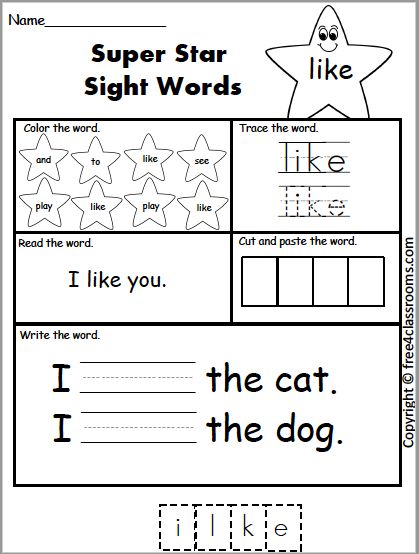 ru or maam.ru.
ru or maam.ru.
And now let's talk. nine0003
"What's so incomprehensible!"
First of all: if it doesn't work out, the child is not to blame. Yelling, demanding, getting angry at him is not just pointless, but very harmful. Here, a seven-year-old read a few phrases, and we ask: “Now tell us what it is about!” The child is silent. “Well, re-read it again... Do you understand now?” Nods. "Tell!" Silent. We begin to boil: “Yes, what is there incomprehensible! Read the first sentence! .. Second! .. Got it?!” Nods. And his chin is already trembling. And he can't connect two words. For the third time, he is already rereading the simplest, in our opinion, text inconsistently, confusing syllables, letters, stresses anywhere ... And again he cannot retell. In the future, the child will probably avoid reading, realizing that “... I read - my mother is angry, my father scolds, the teacher is unhappy. So reading is bad! nine0003
In the first grade, misunderstanding of the meaning of what is read can still "roll".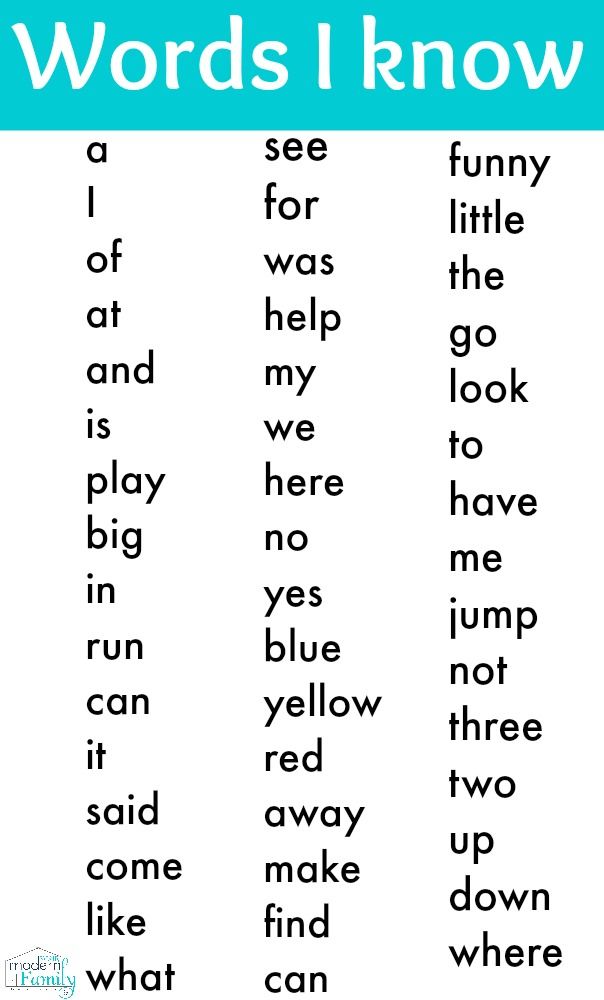 But the older the child becomes, the more important the skill of meaningful reading will be for him. The volume of text will increase, and it is no longer so important whether the young reader puts the emphasis correctly - it is important whether he understands the meaning of the task that is written in the textbook, whether he correctly learns the information that they are trying to convey to him. That is, you will not learn to understand what you read - not only in reading, you will lag behind in mathematics, simply because you do not understand the condition of the problem. And then history, biology, and geography will “fall in”... Meaningful reading is a skill of assimilation of any written information. nine0003
But the older the child becomes, the more important the skill of meaningful reading will be for him. The volume of text will increase, and it is no longer so important whether the young reader puts the emphasis correctly - it is important whether he understands the meaning of the task that is written in the textbook, whether he correctly learns the information that they are trying to convey to him. That is, you will not learn to understand what you read - not only in reading, you will lag behind in mathematics, simply because you do not understand the condition of the problem. And then history, biology, and geography will “fall in”... Meaningful reading is a skill of assimilation of any written information. nine0003
Who is to blame?
What causes the inability to understand what is read? Why do our son, our daughter read - and do not catch the meaning?
The first possible cause is health . We take into account the condition of the child.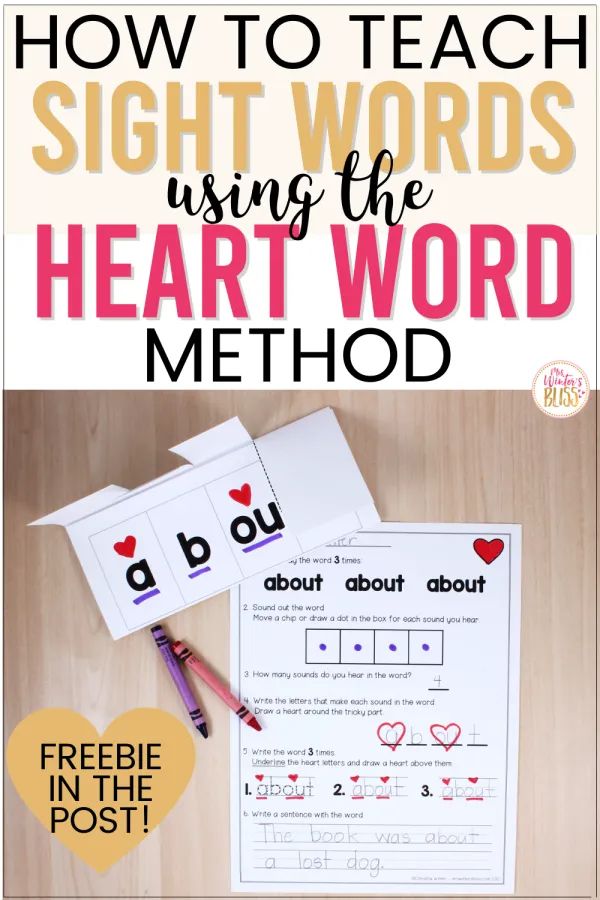 Is everything in order with his speech apparatus, with vision, with concentration? Are there any disorders of brain activity that affect memory, attention, behavior, perception? Does he suffer from chronic diseases - problems with breathing, digestion, oxygen metabolism? Maybe right now the child is experiencing a hormonal surge and he doesn’t have time for reading at all? And perhaps the very process of reading is still difficult for him for health reasons, and in order to reach the next step, he must first solve some physiological problems. nine0003
Is everything in order with his speech apparatus, with vision, with concentration? Are there any disorders of brain activity that affect memory, attention, behavior, perception? Does he suffer from chronic diseases - problems with breathing, digestion, oxygen metabolism? Maybe right now the child is experiencing a hormonal surge and he doesn’t have time for reading at all? And perhaps the very process of reading is still difficult for him for health reasons, and in order to reach the next step, he must first solve some physiological problems. nine0003
The second reason is time . Children mature differently. Someone at the age of four has already read the entire "Robinson Crusoe" and enthusiastically plays a desert island, and someone at eight is still mastering the primer. Someone's horizons, imagination and vocabulary are such that already in kindergarten he composes fairy tales himself, constructing complex phrases with lengthy descriptions, and someone in the second grade, when asked to tell about the picture, is limited to one: “Beautiful!” It's not good, it's not bad, it's individual.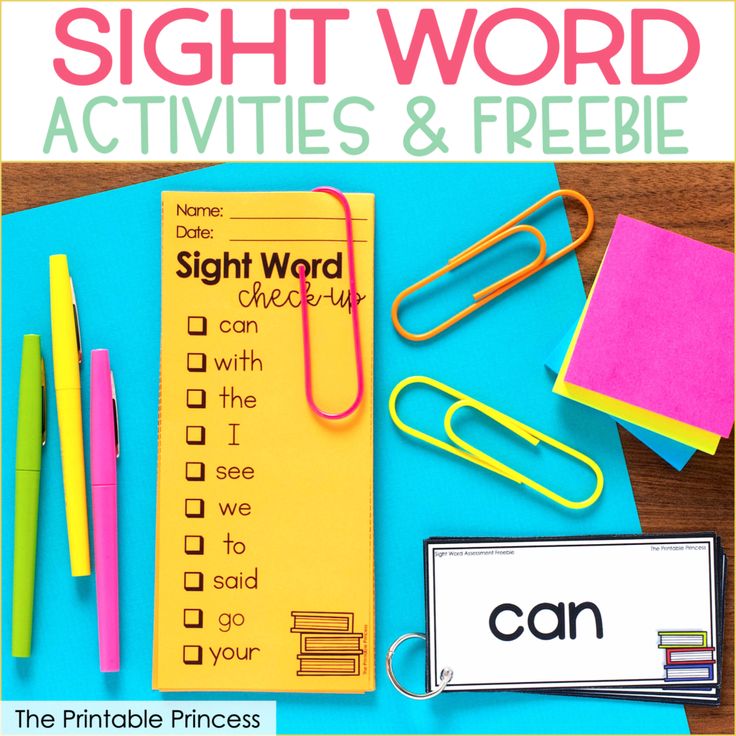 Some kids just need a little more time. nine0003
Some kids just need a little more time. nine0003
The third reason is habit . Here is our parental responsibility. We got too carried away with the "shell". We learned letters with the child, instilled the skill of reading by syllables, then taught to read fluently, paid attention to articulation, intonation, and completely lost sight of the very essence: every word, every text carries a meaning! Information! And it must be able to understand and assimilate.
The fourth reason is fatigue . What is the child's load? “The drama circle, the photo circle, the chorus circle - I want to sing, everyone also voted for the drawing circle ...”? Do we want to make Leonardo da Vinci out of our child and develop it in all possible and impossible ways? Or vice versa, we focus on one thing - for example, on reading, but the emphasis is so powerful that “You will, dumbass, sit over a book at least until the night, until you succeed!” We transfer our unfulfilled ambitions to the child, forcing him to study with all his might, we form in him the "excellent student syndrome": "I must meet the expectations of adults in everything.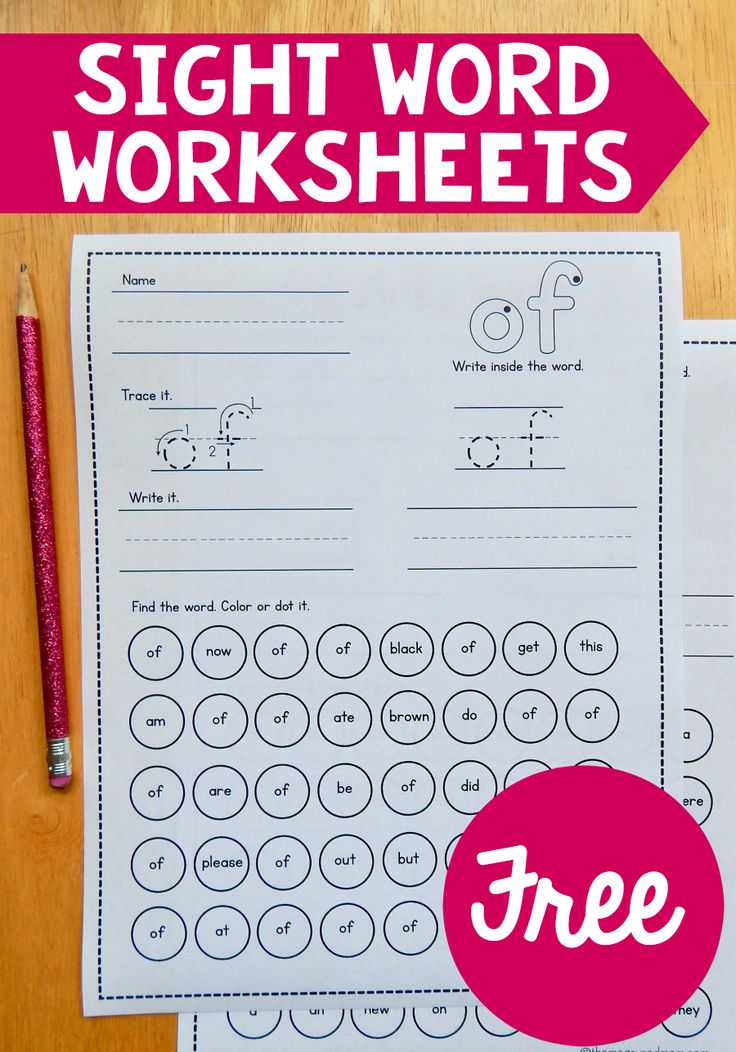 " Only here the result is often the opposite: stress, fatigue, poor academic performance, up to neuroses. nine0003
" Only here the result is often the opposite: stress, fatigue, poor academic performance, up to neuroses. nine0003
What to do?
Is there anything we can do to help the child? Can.
First of all, don't run ahead of the locomotive. If our child is less than five years old, do not rush to teach him to read! First, the baby just needs to “talk”: develop the skill of his speech, work with speech defects and minimize them. And only after that you can start. Not earlier!
Secondly, we ourselves - parents, grandparents - must also read. For myself, but in his presence. Both out loud and to myself. It should be imprinted in the mind of the child: a reading person is normal. Reading is like eating, drinking, breathing. Everyone does this, this is the usual occupation of any adult, and therefore a child. nine0003
Thirdly, we read to the child himself. We take beautiful interesting children's picture books printed in large print so that the child sits next to him and also sees the page.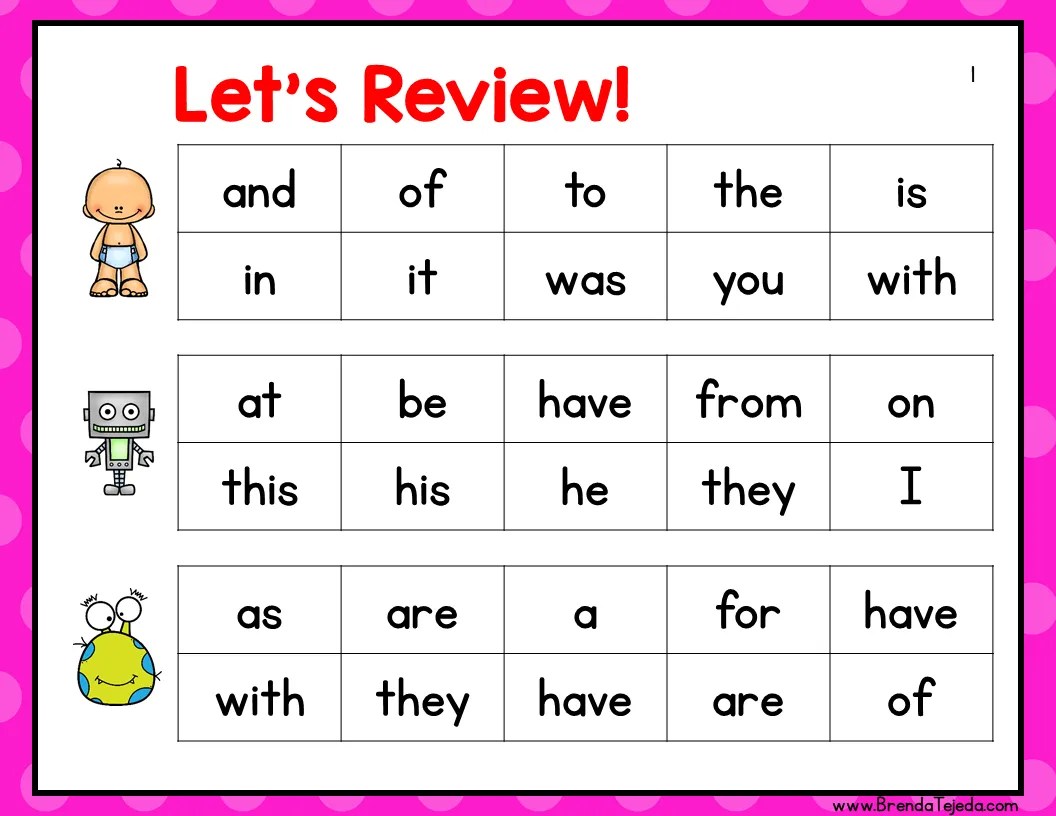 We strongly encourage the questions of our little listener, which he will probably ask after reading the book. And we answer them in detail, clearly.
We strongly encourage the questions of our little listener, which he will probably ask after reading the book. And we answer them in detail, clearly.
This is all up to five years.
But here we have a preschooler, a first-grader, or even a second-grader, and now we are quite “legitimately” preoccupied with conscious reading. What are we doing? nine0003
Set aside all picture cards, all letter cubes, all wall and table posters, where an object is drawn next to the letter: “m - ball”, “b - butterfly”, “o - glasses” ... It is important for us to make sure that our reader remembers all the letters, regardless of the clues. Let's give him a small text on a sheet and play: let him find and cross out with a pencil, for example, all the letters "p". Or all the letters "a". Or cross out all familiar letters, and circle all unfamiliar ones. Then we repeat these unfamiliar letters, fix them and make sure that the child knows the alphabet. nine0003
What do we give to read? Firstly, something interesting in content and at the same time not containing words that are complex in meaning - outdated, too "adult", too long, abstract.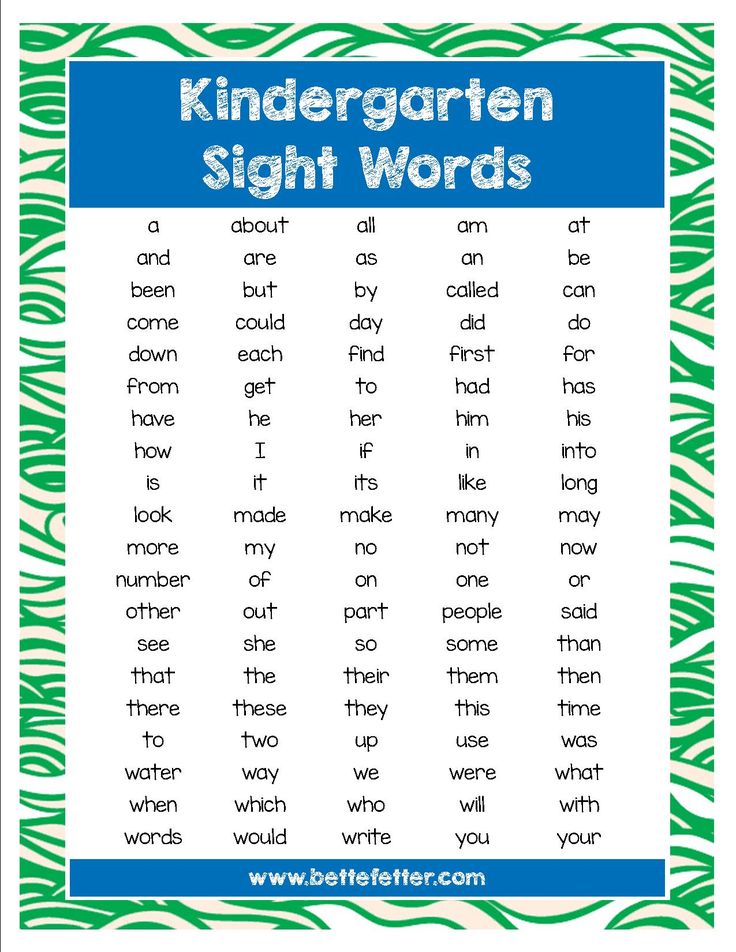 Secondly, something consisting of short (no more than five words) phrases. Thirdly, the text is printed in large print.
Secondly, something consisting of short (no more than five words) phrases. Thirdly, the text is printed in large print.
Where can one find such texts? We type in the search engine "texts for the assimilation of what is read by preschoolers." Among the links there will be pictures, and cards, and texts with pictures - this, by the way, is also a good help for meaningful reading, when small pictures-“icons” are inserted among the words, and the child no longer reads the letters that make up the word, but names the object, realizing at the same time the meaning of the whole phrase. nine0003
Here are some links. These resources contain texts for different ages:
• About Speech. ru
• "Speech therapist"
• Galina Bikmullina's blog
True, we will have to print the proposed texts ourselves, choosing a large font.
"Why so slow?"
Junior pupils take speed reading tests several times: you need to read at least a certain number of words per minute, and then you will meet the age standard.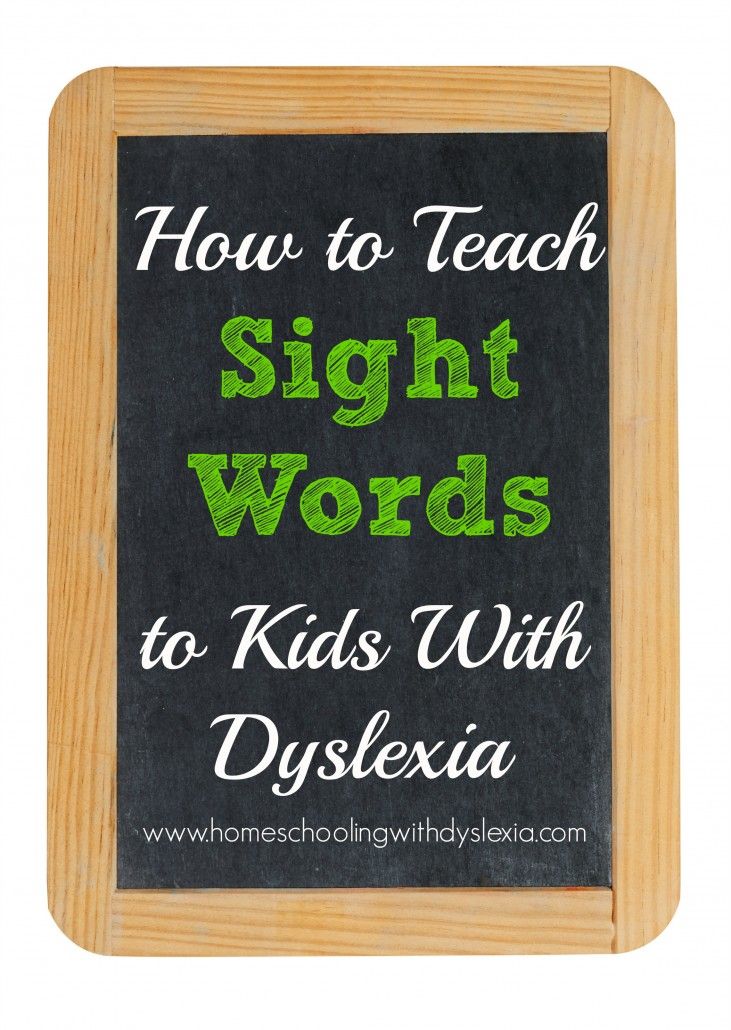 We do not have such a task. It is important for us not how much we read, but how much we understand. Therefore, no matter how painfully slowly for our ear the child reads, we do not push him. On the contrary: we can stop in order to fix the “intermediate result” - ask again, clarify the plot, ask to be reminded of what was discussed in the read line ... It is easier for a child to memorize “pieces” than all at once. And getting used to reading consciously like this, in small fragments, is also easier. And, accordingly, it is more convenient for us to control the assimilation of the text. nine0003
We do not have such a task. It is important for us not how much we read, but how much we understand. Therefore, no matter how painfully slowly for our ear the child reads, we do not push him. On the contrary: we can stop in order to fix the “intermediate result” - ask again, clarify the plot, ask to be reminded of what was discussed in the read line ... It is easier for a child to memorize “pieces” than all at once. And getting used to reading consciously like this, in small fragments, is also easier. And, accordingly, it is more convenient for us to control the assimilation of the text. nine0003
That's all: “Sit up straight! Stop fidgeting in your chair! Get your elbows off the table! .. ”- now it’s not necessary. We do not pull the child after each word for reasons not related to reading. Make it easy for him to read. If he wants to run his finger over the sheet, let him run it. I want to put a ruler under each line - let it put it. It is more convenient to read not at the table, but in an armchair or sitting in Turkish on the sofa - let him read where it is more convenient.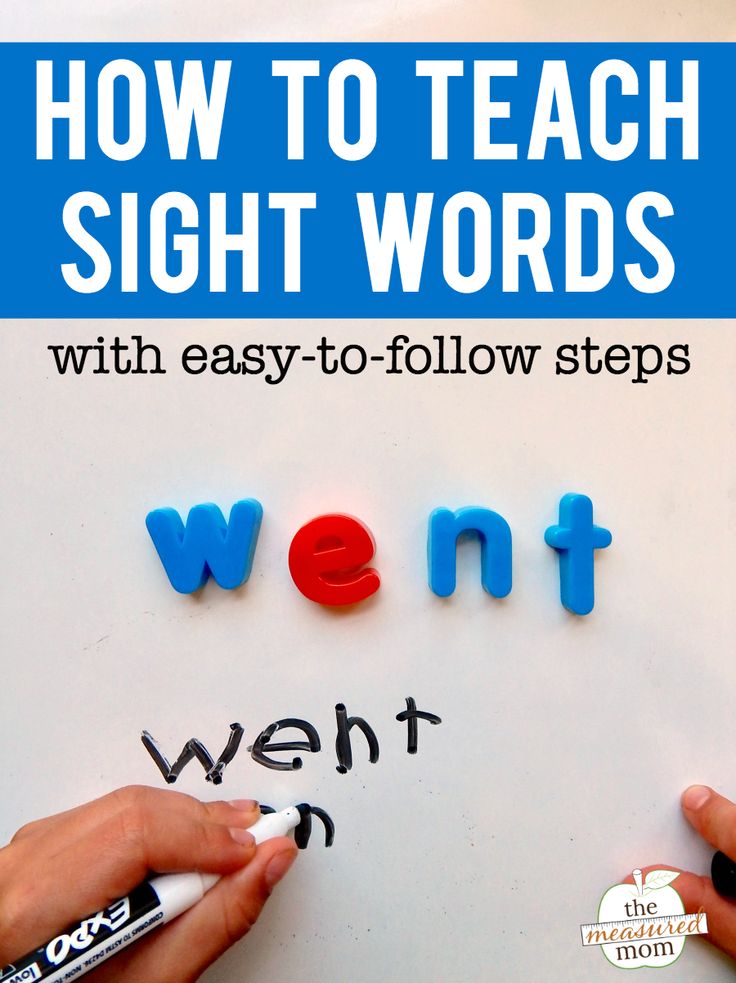
What are some life hacks?
Life hack № 1
What is more interesting - cramming or playing? Of course, play! So let's play semantic reading! Notes and secrets are our everything. We write in large legible letters: “Look in the second drawer of the table! There's a treasure waiting for you!" - and leave it on the table in the kitchen. In a drawer there can be at least an apple, at least an eraser wrapped in foil - it doesn’t matter what. The intrigue, the secret and the well-deserved reward are important: “I read, I understood, I did what was written, I deserved the “treasure”!” You can arrange a whole quest to find the "treasure". For example, hide three notes in the apartment. The first is next to the bed. I woke up - I read: "PACKAGE NEXT TO THE TOWEL." I found the package - there is a second note in it: "RIGHT POCKET OF THE BLUE JACKET". In the pocket - the third: "UNDER THE TABLE IN THE KITCHEN." And already there - some kind of tasty treat or toy, always wrapped in a package.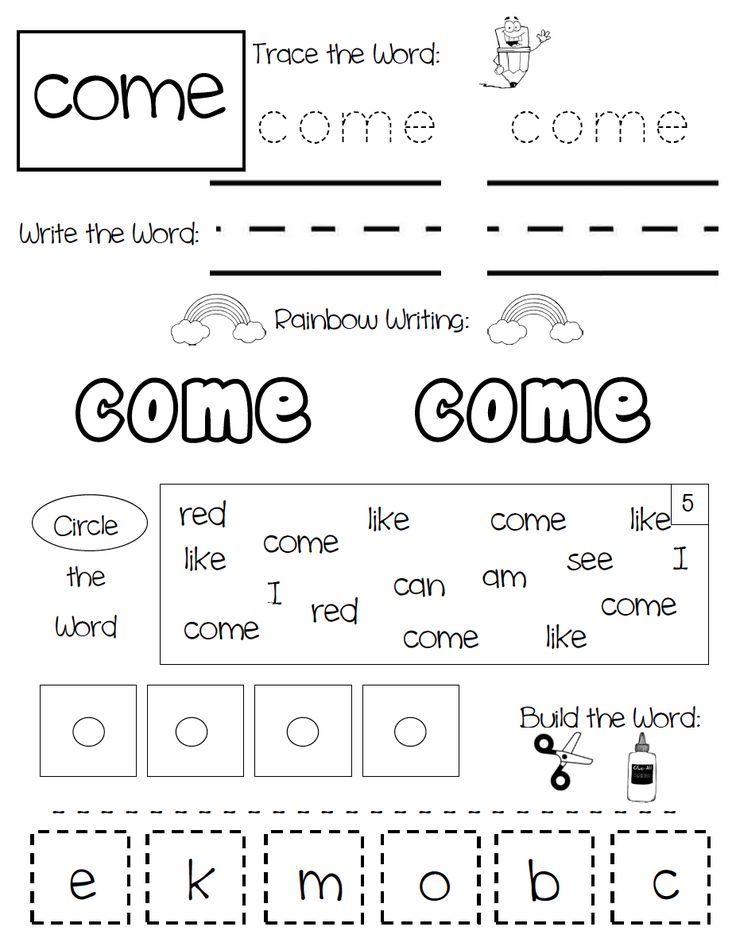 This conscious reading “for the result” of the child will definitely not leave indifferent. nine0003
This conscious reading “for the result” of the child will definitely not leave indifferent. nine0003
Life hack № 2
Sometimes children are divided into visuals, audials, kinesthetics according to the leading channel of perception... This is not quite a scientific division. Psychologists offer a different classification of intelligence: verbal, bodily-kinesthetic, musical, intrapersonal, spatial, interpersonal ... It's complicated. But it is important for us to understand that some children perceive information better with their eyes, others with their ears, and others with touches. For example, auditory people easily learn poems and songs that they hear from adults or on the radio. But often these verses and songs are repeated only as a combination of sounds, practically without understanding the meaning. Hence the numerous "overheards", thinking up one's own text or recitation "with expression", when this "expression" does not correspond at all to the content of the poem. Meanwhile, even the song “A Christmas tree was born in the forest”, known to all children, is very complex in meaning. Let's try to write to the child at least one verse of this song, read it, underline incomprehensible words and together make out what is being sung about. “Chu! Snow in the forest is frequent / Creaks under the runner; / Hairy horse / in a hurry, running. Here you can put together a whole story. Why "chu!"? Why is the forest "frequent"? What is a "snake" and why does the snow "creak" under it? Why is the horse “furry-legged”?.. In one verse, which has been sung many times, it turns out that there are so many secrets! nine0003
Meanwhile, even the song “A Christmas tree was born in the forest”, known to all children, is very complex in meaning. Let's try to write to the child at least one verse of this song, read it, underline incomprehensible words and together make out what is being sung about. “Chu! Snow in the forest is frequent / Creaks under the runner; / Hairy horse / in a hurry, running. Here you can put together a whole story. Why "chu!"? Why is the forest "frequent"? What is a "snake" and why does the snow "creak" under it? Why is the horse “furry-legged”?.. In one verse, which has been sung many times, it turns out that there are so many secrets! nine0003
So, to the auditory - our own approach, we connect the sounding text and the printed text. To kinesthetics - your own. It is possible, explaining the meaning of what is read, to associate the text with tactile sensations. We read about an apple - we take an apple in our hands. We read: “Our Tanya is crying loudly, she dropped a ball into the river” - we take the ball, remember how wet and cold the water in the river feels to the touch .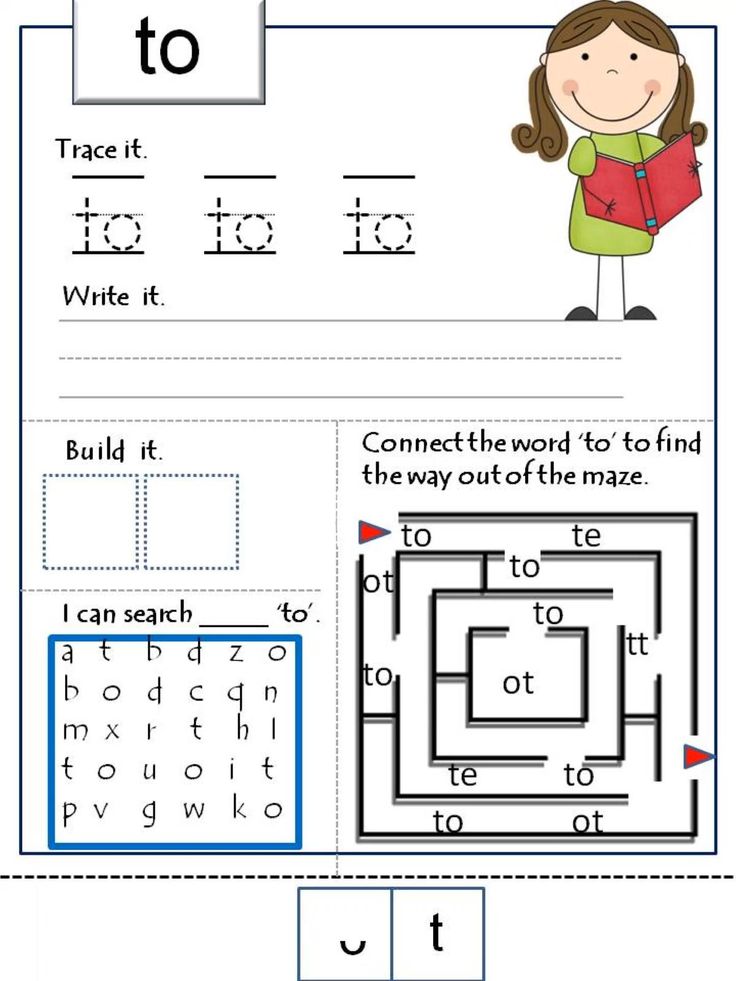 ..
..
Life hack No. 3
Why did the hen run first to the cow for butter, and from there to the mowers for hay? Because the mowers will give hay to the chicken, and then the cow will eat this hay and give the chicken butter, and the chicken will give the cockerel butter, he will swallow the grain and be able to breathe. What kind of chicken is she? A caring, kind, cockerel takes pity, fusses for him, wants to help him ... What is Masha in the fairy tale "Masha and the Bear"? Smart, smart, she climbed into the box, and put the pies on top so that Mishka would take her home. Cunning - she came up with a saying: “I sit high, I look far ...” Immediately we name the motives of the actions of the heroes, we retell the qualities of character, and the content of the tale, and delve into the meanings. nine0003
Life hack No. 4
Let's clear our minds and chat. Walking is generally useful, and especially for rebooting the brain and maintaining physical tone.





